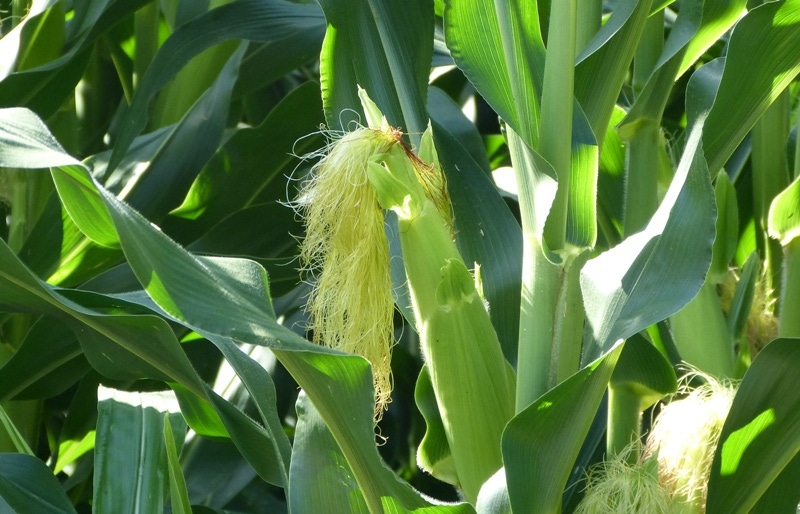
Corn traders are eagerly awaiting Monday's monthly USDA report.
A recent Reuters survey shows most analyst are thinking the USDA is going to pull back their August yield estimate of 175.1 bushels, lowering it down to something more like 173.4 bushels per acre.
In turn, total U.S. new-crop production could be cut by some -125 million bushels. At the same time, there's a lot of talk that the USDA may need to raise their current export estimate higher. This is giving the bulls reason to believe the balance sheet might be getting tighter.
Bulls are also wanting to talk a lot more about "Diplodia" and other production complications being reported from out in the fields. From what I understand and have heard, wet weather during grain fill plus moderate temperatures allow the Diplodia ear rot infection to occur.
Supposedly ears are most susceptible to this disease during the first 21 days after silking. They say dry weather prior to silking, followed by wet conditions at and just after silking favor the Diplodia infection. They also say the continuous corn-on-corn planting without proper crop-rotation, as well as increased no-till acreage are also reasons we are seeing more cases being reported. For producers who find they have the problem, they will have to deal with reduced quality and shrinking yields due to lower kernel size and lower test weights.
Remember, infected ears will weigh noticeably less than uninfected ears, and significant penalties and markdowns when delivered.
Not to mention, infected ears also bring about a lot of storage complications. You can read and learn more at Perdue Extension. Keep in mind early-yields being reported out of the fields so far have been less than stellar so the bulls might have a legitimate argument.
The producers aren't saying the crop is horrible, just not seeing it anywhere near their record all-time best. I'm in agreement with the producers, but I'm still not sold on the USDA taking any type of aggressive step backwards. They've left their weekly crop-condition estimates up at record high levels, so I just don't see them backpedaling much on Monday.
The bears are also saying a large portion of any pickup in ethanol or export demand could easily be offset by a reduction in feed and residual demand, especially since we are seeing a lot more wheat being moved into feed rations. Even though corn used for ethanol production was reported lower this past week, it still averaged an extremely strong 998,000 barrels-per-day.
As both a producer and a spec I am keeping a very close eye on money-flow. The specs are already holding a large short position, which makes it hard to envision they could add a significant amount of additional bearish length to this market. But with the U.S Presidential election less than 60-days away and the direction of the U.S. dollar still extremely unknown, I just don't see a lot of big-money players pouring money into higher risk commodity type asset classes.
Hence regardless of any slight yield and balance sheet adjustments, I think it's going to be tough to aggressively rally this market, especially as we start to ramp up harvest activity.
As a producer, I'm keeping a closer eye on the DEC17 contract, as prices this week have pushed back closer to $3.80 per bushel. As a spec, I remain on the sideline. I like the thought of being a longer-term bull, but I don't want to be a buyer on the rally. Staying patient and keeping hedges in place going into Monday's report.
About the Author(s)
You May Also Like






